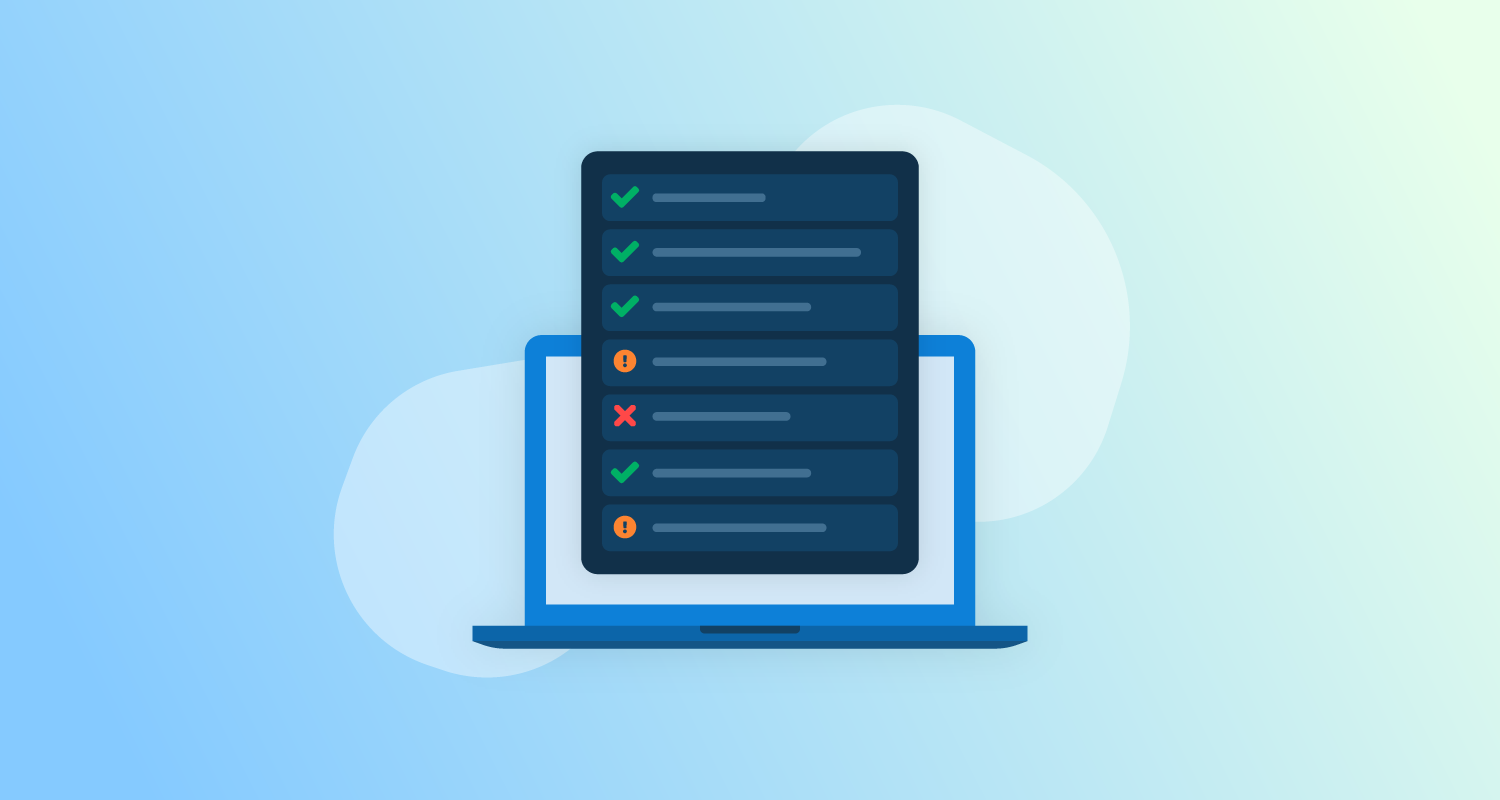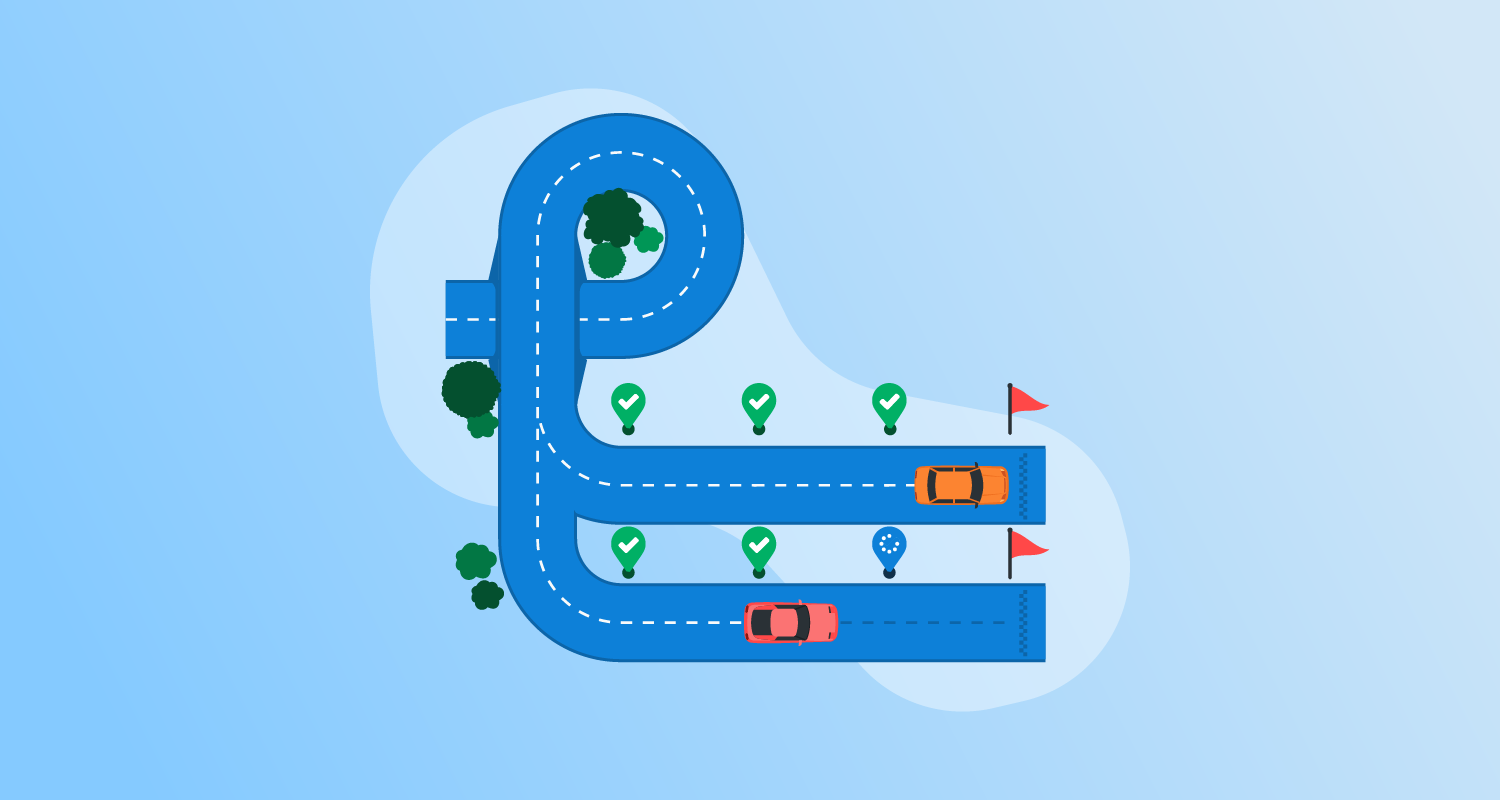What is Harness.io?
Harness.io is a platform for software delivery, enabling integration and management of applications. It simplifies the deployment process through automation, allowing teams to release software swiftly and with minimal errors. It integrates Continuous Delivery (CD) and Continuous Integration (CI) with cloud native deployment automation capabilities.
Harness.io’s platform supports progressive deployment strategies while providing real-time insights and analytics on deployments. This allows engineering teams to resolve issues promptly and improve delivery pipelines continuously.
Key capabilities of the Harness platform
Harness.io offers the following key features:
- Continuous Integration and Delivery (CI/CD): Harness provides an automated pipeline to build, test, and deploy applications. It simplifies software delivery through streamlined CI/CD processes.
- Feature management: Harness includes tools for managing feature flags, allowing teams to roll out features incrementally. This supports controlled experiments and progressive delivery strategies, such as canary or blue/green deployments.
- Cloud cost management: The platform offers real-time monitoring of cloud spending and optimization tools. This helps organizations identify and reduce unnecessary expenses while ensuring efficient use of cloud resources.
- Service reliability management: Harness tracks and analyzes service-level indicators (SLIs) to help teams monitor uptime and resolve reliability issues.
- Chaos engineering: Users can simulate failures in a controlled environment to test the resilience of their systems.
- Infrastructure as code (IaC) support: Harness integrates with IaC tools, enabling users to define and manage infrastructure through code.
- Security testing orchestration: The platform supports automated security checks at every stage of the pipeline, including vulnerability scanning, dependency analysis, and supply chain security enhancements.
- GitOps support: Harness enables GitOps workflows by integrating deployment pipelines with version control systems. This ensures all changes are auditable and traceable.
Harness plans and pricing
Harness offers three subscription tiers, Open Source, Free, and Enterprise.
Open Source
The Open Source plan is free and gets users started without upfront costs. It includes core tools for software delivery, such as:
- Code repository for managing and collaborating on source code.
- Continuous integration to automate building and testing code changes.
- Continuous delivery for automated deployment pipelines.
- Cloud development environments for simplified cloud-based workflows.
- Artifact registry for storing and managing build artifacts.
This plan is suitable for individuals and small teams seeking DevOps tools with no budgetary constraints.
Free
The Free plan also has a $0 price tag but includes additional features beyond the Open Source plan, such as:
- Feature management & experimentation, enabling feature rollouts and controlled experiments.
- Infrastructure as code management (IaCM) for defining and managing cloud infrastructure via code.
- Cloud cost management, offering tools to monitor and optimize cloud spending.
- Chaos engineering, which provides controlled experiments to improve system resilience.
It also comes with 2,000 Cloud Credits per month, giving teams access to Harness cloud resources. This plan is suited for small teams or startups looking to explore Harness’s broader capabilities without incurring costs.
Enterprise
The Enterprise plan does not have publicly available pricing. According to Vendr.com, the cost for an organization with 200 employees ranges between $23K-41K per annum. It includes all features from the Free plan and adds these capabilities:
- Service reliability management for monitoring and improving service uptime.
- Software engineering insights to gain analytics-driven insights into engineering performance.
- Internal developer portals to improve developer experience and collaboration.
- Security testing orchestration and supply chain security to improve software security at every stage.
- Custom cloud cost management solutions tailored to enterprise-level usage.
Organizations can pick and choose the features they need, ensuring the plan aligns with their unique requirements. This plan is suitable for enterprises seeking a scalable devops solution.
Harness limitations
Harness.io has some limitations that users should consider. These constraints can affect usability, learning, and customization, particularly for teams new to the platform or seeking new capabilities. These limitations were reported by users on the G2 platform:
- Complex documentation: Navigating the documentation can be challenging, especially as the platform evolves.
- Steep learning curve: The range of services requires significant time and effort to master. For new users, understanding the domain-specific languages and features can be overwhelming.
- Pricing model concerns: Some users find the pricing structure misaligned with modern deployment methods.
- Kubernetes object manipulation issues: Modifying Kubernetes objects within Harness sometimes leads to downtime, showing concerns with deployment reliability.
- Limited feature updates: The platform’s pace of innovation has been criticized, with users reporting slow progress in improving and expanding core functionalities.
- Git branching constraints: Lack of separation between git branches limits flexibility in version control workflows.
- Simplistic settings: The inability to customize certain dependency versions or configurations can hinder advanced use cases.
- Insufficient help resources: Unlike other tools, Harness lacks extensive third-party resources, such as google or video tutorials, making self-guided learning more difficult.
- Role-based access control (RBAC) complexity: The RBAC system in the UI of recent versions can be confusing to configure and maintain.
- User interface and experience (UI/UX): The interface could be more intuitive, and installation processes, like delegate installation, need more automation.
- Support delays: Response times for support requests can sometimes be slow, impacting issue resolution.
Notable Harness Competitors and Alternatives
1. Octopus Deploy
Octopus Deploy is a sophisticated, best-of-breed Continuous Delivery (CD) platform for modern software teams. It offers powerful release orchestration, deployment automation, and runbook automation while handling the scale, complexity, and governance expectations of even the largest organizations with the most complex deployment challenges.
License: Commercial
Key features of Octopus include:
- Reliable risk-free deployments: Define your deployment process once and use it across all environments so you can deploy to production with the same confidence you deploy everywhere else.
- Deployments at scale: Octopus is the only CD tool with built-in multi-tenancy support. You can deploy many customer-specific instances using the same deployment process.
- One platform for DevOps automation: You can use runbooks to automate operations tasks to remove toil. You can use runbooks to provide safe self-service operations to other teams.
- Streamlined compliance: Octopus has role-based access control, single-sign-on (SSO) as standard, and a complete audit trail to make audits a breeze.
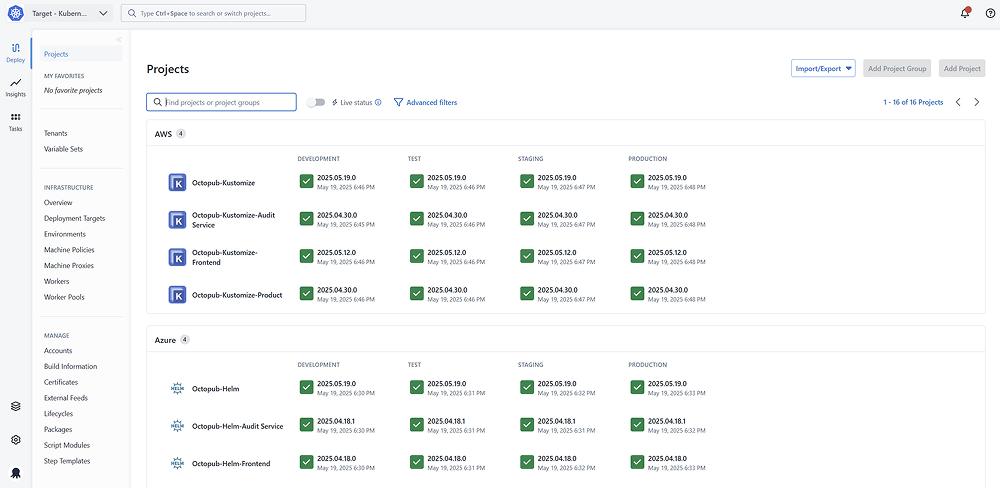
2. Codefresh
Codefresh is a GitOps-based software delivery platform for cloud-native applications. It simplifies CI/CD workflows through automation, enabling fast and reliable software deployments. Built on Argo, Codefresh integrates performance, observability, and progressive delivery, providing organizations with a tool for managing builds, releases, and infrastructure.
License: Commercial
Key features include:
- Performance optimization: Fast builds supported by caching and parallelization to unblock developers and accelerate workflows.
- Reliability assurance: Progressive delivery, automated rollbacks, and end-to-end visibility simplify troubleshooting and reduce deployment risks.
- Efficiency and scalability: Simplified pipeline creation and DRY (don’t repeat yourself) principles minimize pipeline sprawl, improving CI/CD efficiency.
- Cloud-native focus: Designed for Kubernetes and other cloud-native environments, Codefresh provides tailored deployment tools for modern infrastructure.
- Comprehensive deployment options: Supports strategies like Canary, blue/green, and gitOps, ensuring precise control over software releases.
![]()
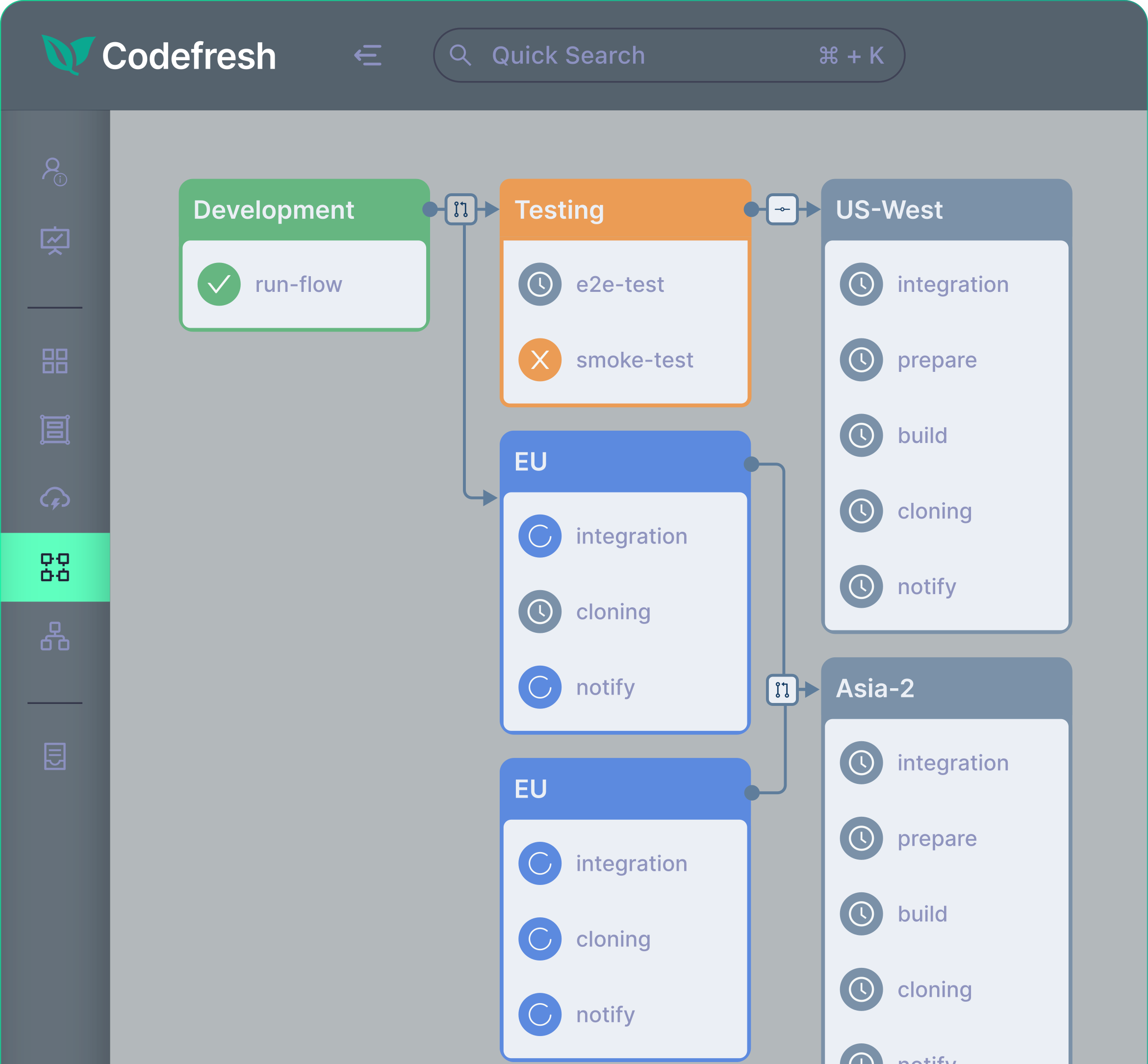
Source: Codefresh
4. GitLab CI/CD
GitLab CI/CD is a solution to accelerate the software development lifecycle. By automating tasks from code commit to deployment, it enables teams to release secure, high-quality software faster and with fewer errors. With a unified platform, GitLab CI/CD encourages collaboration, transparency, and efficiency.
License: Commercial, some functionality licensed under MIT
Key features include:
- End-to-end automation: Automates the building, testing, packaging, and deployment of code, reducing manual intervention and improving reliability.
- Pipelines for simplicity and scale: Offers built-in ci/cd pipeline templates that can be customized or extended with parent-child pipelines and merge trains, scaling to complex environments.
- In-context testing: Triggers automated tests like unit, performance, and security checks for every code change. Results are displayed in the merge request, allowing developers to address issues efficiently.
- Safe deployments: Supports guardrails like feature flags, progressive delivery, canary, and blue-green deployments, ensuring controlled and fail-safe rollouts.
- Continuous feedback: Provides real-time visibility into the CI/CD pipeline and environment statuses, with built-in performance testing, DORA metrics, and value stream dashboards.
![]()
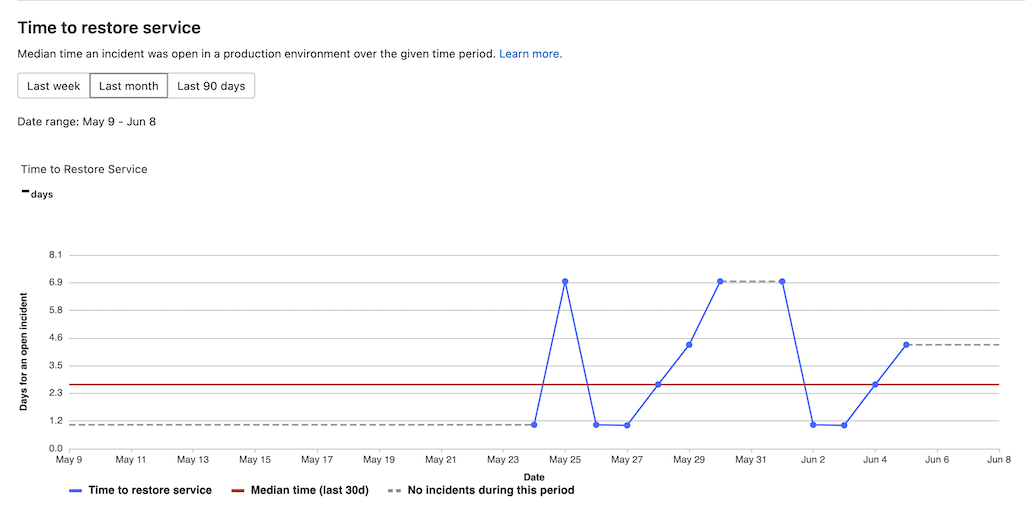
Source: GitLab
4. Azure DevOps
Azure DevOps is a platform that supports DevOps workflows through tools for planning, developing, building, testing, and deploying software. It is designed to help teams collaborate and deliver high-quality applications on a variety of platforms.
License: Commercial
Key features of Azure DevOps include:
- Project management and planning: Includes tools like Azure Boards for work item tracking, Kanban boards, and sprint planning, enabling efficient project management.
- CI/CD pipelines: Azure Pipelines provides cloud-hosted CI/CD capabilities, supporting builds, tests, and deployments across multiple environments and platforms.
- Version control: With Azure Repos, teams can manage code versions using Git repositories or Team Foundation Version Control (TFVC).
- Integrated testing tools: Azure Test Plans enables manual and exploratory testing, as well as test automation, ensuring robust software validation.
- Cloud and hybrid integration: Integrates with Azure cloud services while also supporting hybrid deployments and third-party tools.
- Extensibility: Offers integrations with tools like GitHub and Docker, as well as over 1,000 extensions from the Azure DevOps Marketplace.
![]()
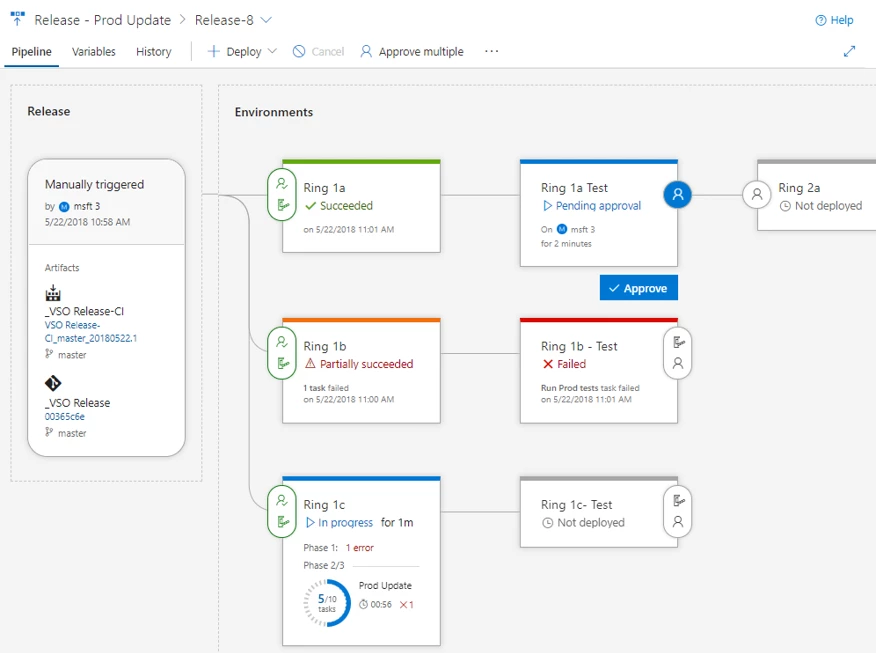
Source: Microsoft
5. GitHub Actions
GitHub Actions is a CI/CD and automation solution embedded directly into GitHub repositories. It enables developers to create, test, and deploy workflows triggered by events within the repository, providing integration with GitHub’s ecosystem.
License: Free for public repositories, commercial for private repositories (varies by usage)
Key features include:
- Event-driven workflows: Automate tasks in response to GitHub events like pushes, pull requests, or issue updates.
- Reusable actions: Developers can use or share pre-built actions from the GitHub Marketplace, simplifying workflow creation.
- Scalable CI/CD: Provides runners for building, testing, and deploying code across different environments, with support for multiple operating systems, languages, and containers.
- Customizable workflows: Define workflows using YAML configuration files, enabling customizable pipelines tailored to project needs.
- Integration with GitHub ecosystem: Offers built-in insights into pull requests, enabling efficient code review and deployment management.
- Community and extensibility: Leverages a large library of community-maintained actions.
![]()
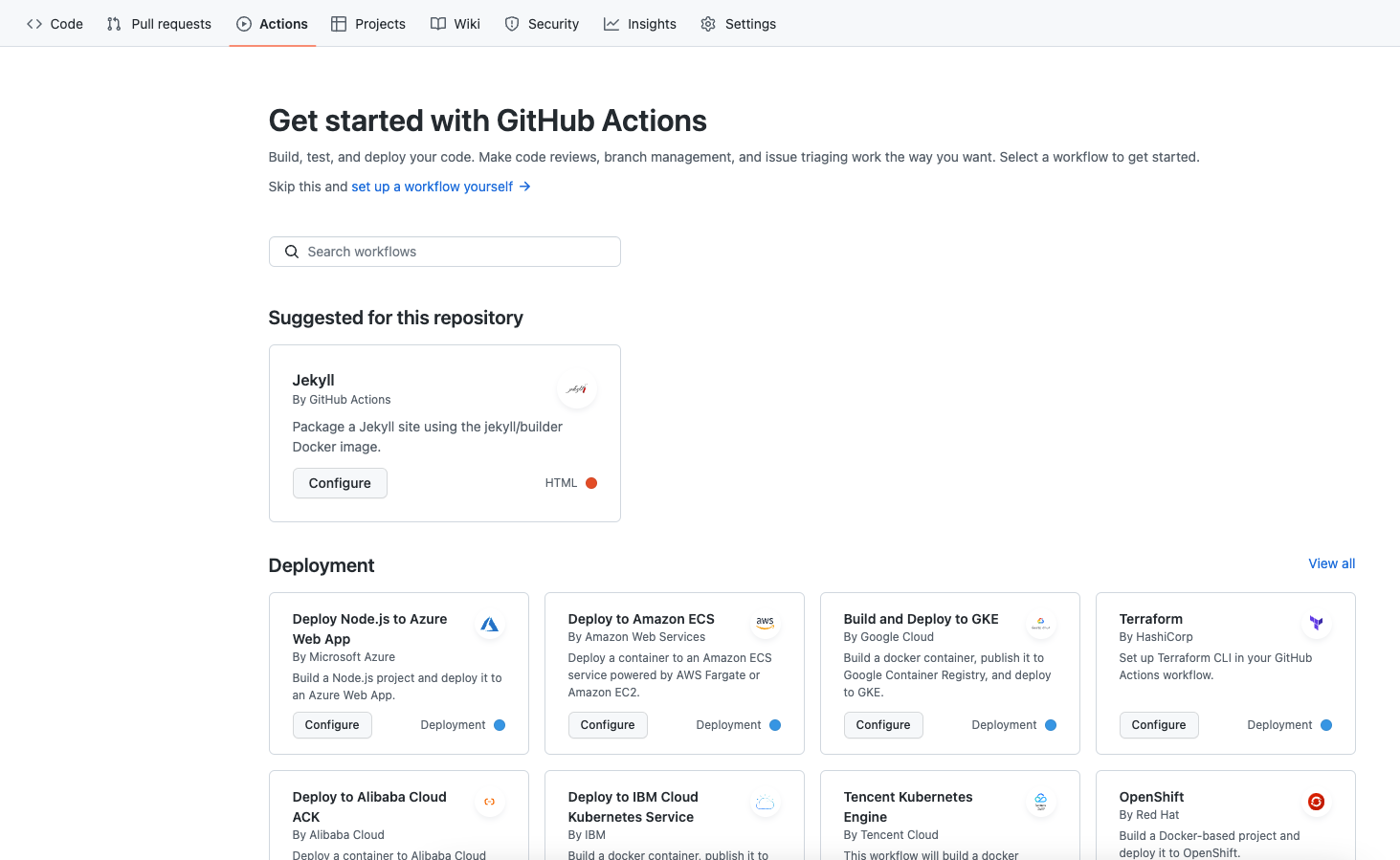
Source: GitHub Actions
Conclusion
Harness.io provides a platform for managing the software delivery lifecycle, combining automation with insights to improve reliability and efficiency. While its extensive feature set caters to modern DevOps practices, it’s important to evaluate specific organizational needs to determine the best fit among alternatives. By exploring tools like Harness and its competitors, teams can find solutions that align with their workflows, goals, and scale.
Help us continuously improve
Please let us know if you have any feedback about this page.
